
Editorial: Salvaging failed radiation therapy: does the tumour location permit a less toxic approach?
2 Comments
/
In the introduction to their manuscript in this issue of the BJUI, Meeks et al. outline a significant challenge for physicians managing prostate cancer: from the estimated 240 000 diagnosed annually (USA) to the 120 000 choosing radiation, to the 40 000 estimated biochemical failures in the first 5 years who may benefit from additional local therapy to avoid local and/or systemic progression. The basis of these calculations was from conventional beam radiation, and although we expect dose-escalation…
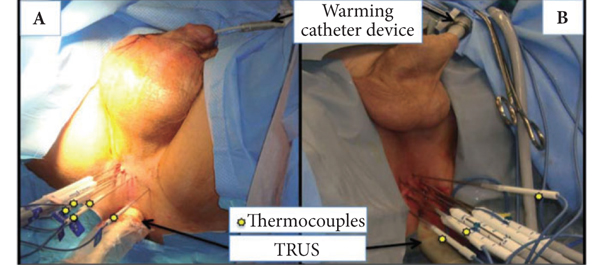
Video: Cryoablation after failed primary radiotherapy: study finds encouraging results
Salvage focal and salvage total cryoablation for locally recurrent prostate cancer after primary radiation therapy
Andre Luis de Castro Abreu*, Duke Bahn*†, Scott Leslie*, Sunao Shoji*, Paul Silverman†, Mihir M. Desai*, Inderbir S. Gill* and Osamu Ukimura*
*USC Institute of Urology, Hillard and Roclyn Herzog Center for Prostate Cancer Focal Therapy, Keck School of Medicine, University of Southern California, Los Angeles, and †Prostate Institute of America, Community Memorial Hospital,…
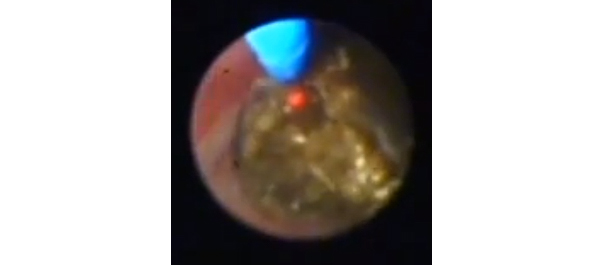
Article of the week: Smaller is better? Microperc comes of age
Micropercutaneous nephrolithotomy (microperc) vs retrograde intrarenal surgery for the management of small renal calculi: a randomized controlled trial
Ravindra B. Sabnis, Raguram Ganesamoni, Amit Doshi, Arvind P. Ganpule, Jitendra Jagtap and Mahesh R. Desai
Department of Urology, Muljibhai Patel Urological Hospital, Nadiad, Gujarat, India
OBJECTIVE
• To compare micropercutaneous nephrolithotomy (microperc) and retrograde intrarenal surgery (RIRS) for the management of renal calculi…

Editorial: Micro-PNL vs RIRS: dealer’s choice? The devil is in the details
Advances in minimally invasive endourological techniques continue to provide the Urologist a myriad of options for the management of symptomatic renal calculi. Previously, shock wave lithotripsy (SWL) or standard percutaneous nephrolithotomy (PNL) were the only two endourological options available. Yet, limitations of these two ‘standard’ techniques result from hard or dependent stones (for SWL) or the potential of increased morbidity during the treatment of small renal calculi (for PNL). Now…
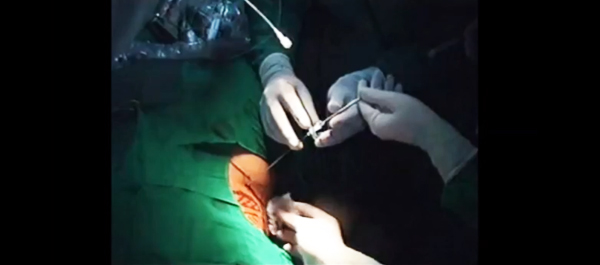
Video: Small renal calculi can be effectively managed with microperc
Micropercutaneous nephrolithotomy (microperc) vs retrograde intrarenal surgery for the management of small renal calculi: a randomized controlled trial
Ravindra B. Sabnis, Raguram Ganesamoni, Amit Doshi, Arvind P. Ganpule, Jitendra Jagtap and Mahesh R. Desai
Department of Urology, Muljibhai Patel Urological Hospital, Nadiad, Gujarat, India
OBJECTIVE
• To compare micropercutaneous nephrolithotomy (microperc) and retrograde intrarenal surgery (RIRS) for the management of renal calculi…
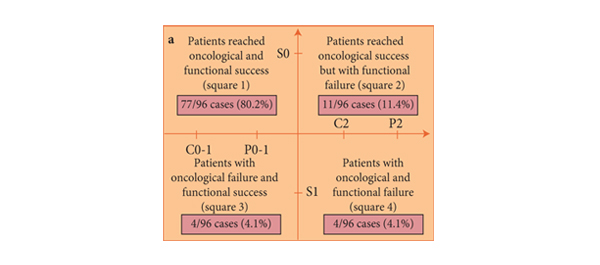
Article of the week: Long-term study finds excellent outcomes after RARP
Every week the Editor-in-Chief selects the Article of the Week from the current issue of BJUI. The abstract is reproduced below and you can click on the button to read the full article, which is freely available to all readers for at least 30 days from the time of this post.
In addition to the article itself, there is an accompanying editorial written by a prominent member of the urological community. This blog is intended to provoke comment and discussion and we invite you to use the comment…

Editorial: Time to raise the bar in localised prostate cancer
In this issue of BJUI, Ficarra et al. present the long-term (mean 81.3 months) follow-up of a case series of 183 men that underwent robot-assisted radical prostatectomy (RARP) at a single academic medical centre in Europe. To the authors’ credit, they report both cancer control and patient-reported outcomes, using well-known validated and reliable instruments to assess both urinary and sexual function. Like others before them, Ficarra et al. demonstrate that RARP is a safe and effective…
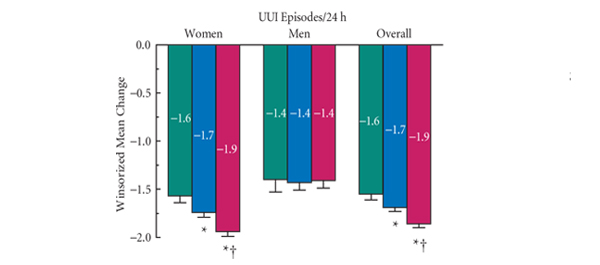
Article of the week: Both men and women with OAB find better relief with fesoterodine
Every week the Editor-in-Chief selects the Article of the Week from the current issue of BJUI. The abstract is reproduced below and you can click on the button to read the full article, which is freely available to all readers for at least 30 days from the time of this post.
In addition to the article itself, there is an accompanying editorial written by a prominent member of the urological community. This blog is intended to provoke comment and discussion and we invite you to use the comment…

Editorial: Fesoterodine is superior to extended-release tolterodine for OAB
The treatment of overactive bladder (OAB) is still based on antimuscarinics, although the recent introduction of β3 agonists and botulinum toxin A has opened a window of new opportunities, the range of which is yet to be defined.
The clinical development of fesoterodine has taken the Urological community by surprise and raised levels of expectation. From a pharmacological standpoint fesoterodine is just a ‘smart drug’ because it is the pro-drug of 5-hydroxymethyl tolterodine (5-HMT) the…
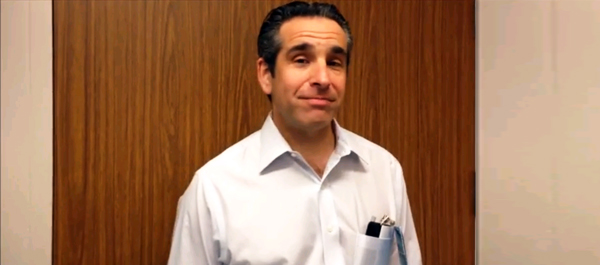
Video: Fesoterodine vs tolterodine in men and women with OAB
Efficacy of fesoterodine compared with extended-release tolterodine in men and women with overactive bladder
David Ginsberg, Tim Schneider*, Con Kelleher†, Philip Van Kerrebroeck‡, Steven Swift§, Dana Creanga¶ and Diane L. Martire**
Department of Urology, University of Southern California, Los Angeles, CA, §Department of Obstetrics and Gynecology, Medical University of South Carolina, Charleston, SC, ¶Consultant to Pfizer Inc, **Pfizer Inc, New York, NY, USA, *Praxisklinik Urologie…
